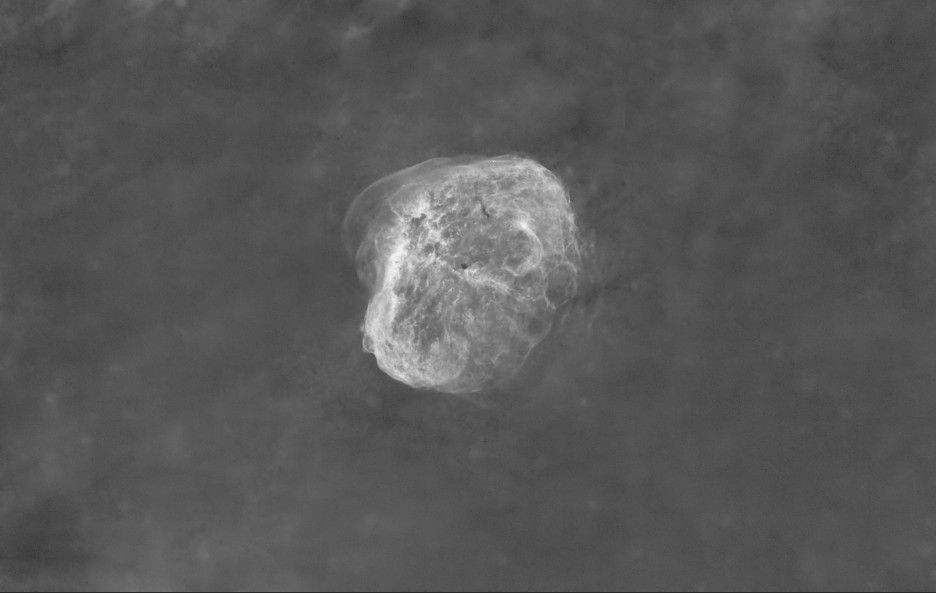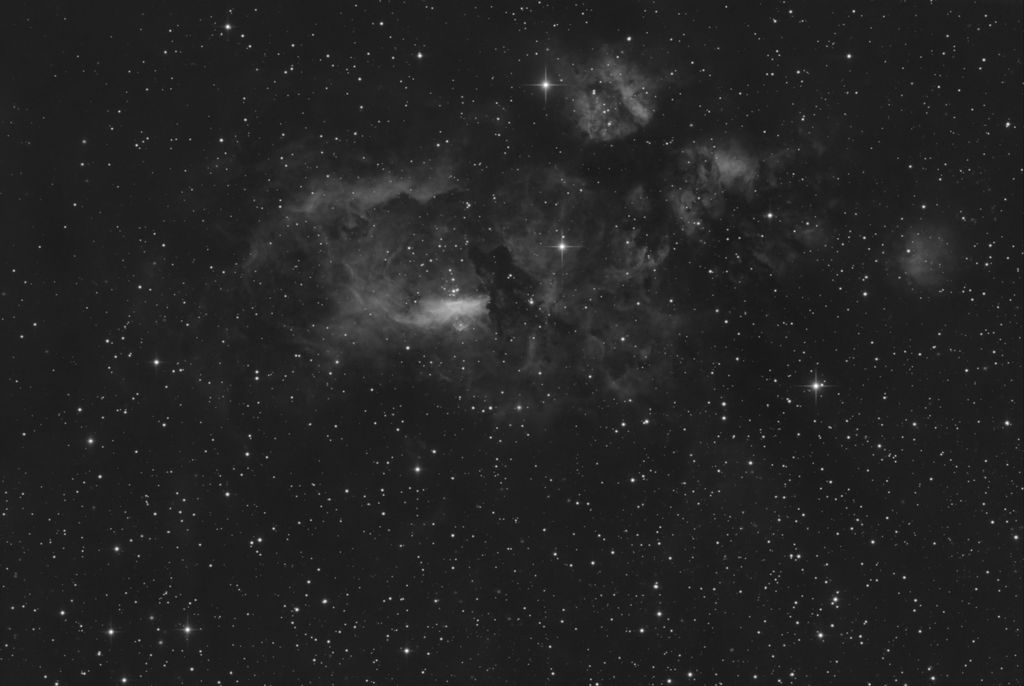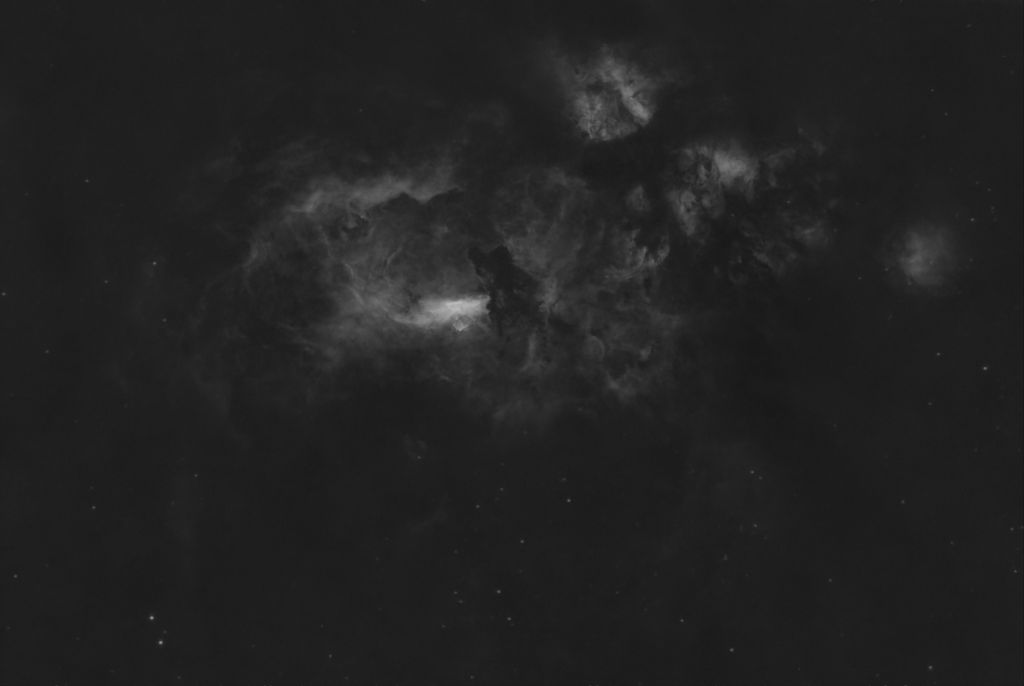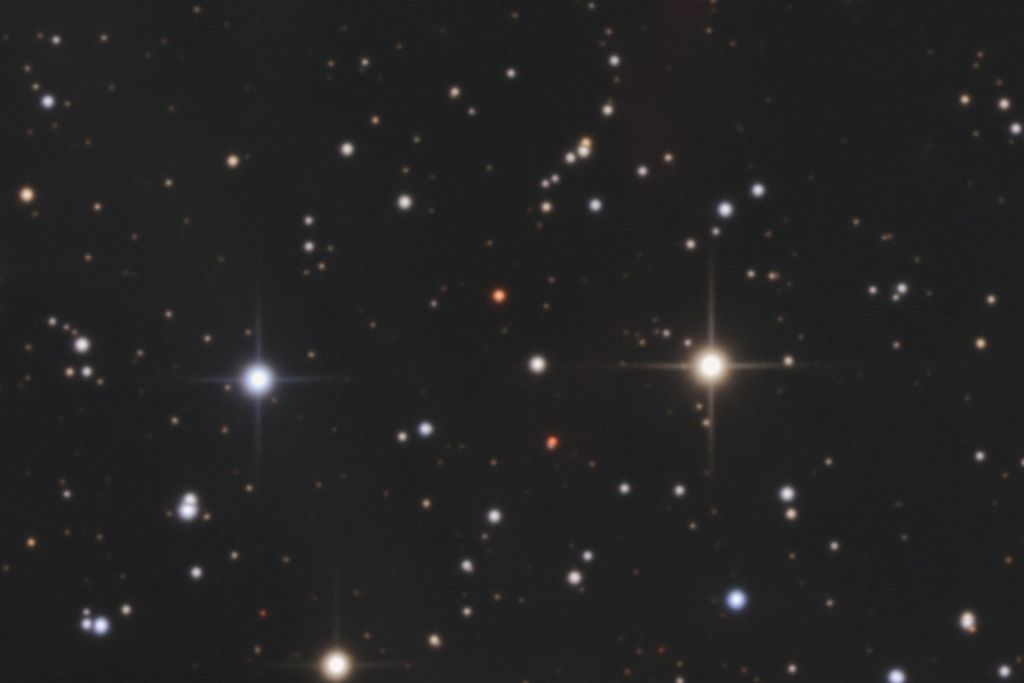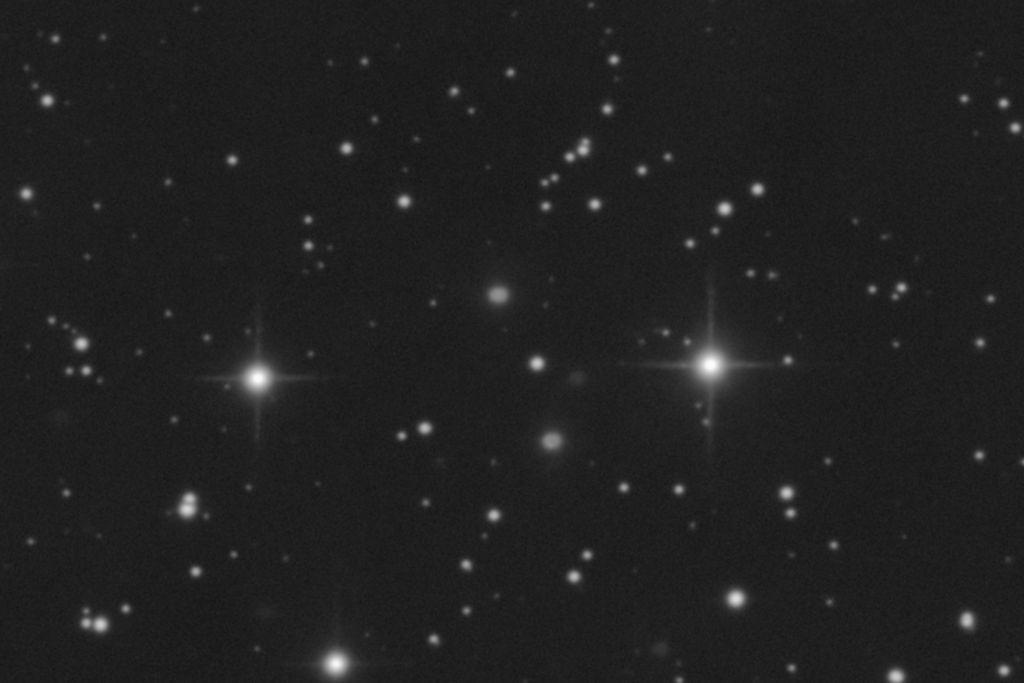Jake Slater:
I am very glad I found this thread. I've been shooting with my unmodified Canon EOS R for a few years and have decided to pull the trigger on the ASI2600MM. I was looking at the 2.5nm filters in question, and to pair them with the Dark Series LRGB particularly because Antlia mentions it will be the closest match to be as parfocal as possible. I kind of have mixed feelings now. I live in a bortle 5 area, but can drive 1-2 hours to reach bortle 2-3. And maybe once or twice a year I will to go camping in a bortle 1 area.
So should I just get the 3nm? Or take a chance on the 2.5nm? The thing Im nervous about is being able to actually distinguish halos, bloating, and artifacts between "normal/acceptable" and "clearly this filter has an issue" since this will be my first time ever using filters. Heck, it'll even be my first time using a dedicated astrocam as my main imaging camera. So how could I even go about testing them to see if they need to be swapped?
I would definitely just go with the tried and true 3nm. The 2.5nm I got wasn't much better than the Optolong 3nm OIII that has serious issues and I wasn't about to pay $560 for barely better than what I already had. I would still make sure to get it from a place that will accept a return on antlia filters. AgenaAstro won't. They won't do it, because Antlia is th eonly manufacturer that will admit there is a star issue with their OIII filters, so Agena won't accept returns on a known issue. So although it's possible you might get one with the IR star issue, most people I've seen on the forums don't report an issue with them.
As far as knowing if you have the problem, you will be able to see it easily when you use a tool like StarExterminator. Originally, I thought the OIII filters would just manifest as a bloat or halo issue, which I didn't think would be a big deal. However, when you the stars the issue will cause StarEx to leave behind a serious blotch where the star used to be. I've actually noticed both, it either leaves the complete start there or removes it but leaves the massive blotch there. If the star is not close to the edge of some nebula feature, it's not a big deal, but when it's right next to your feature, it's a real pain to try to remove it.
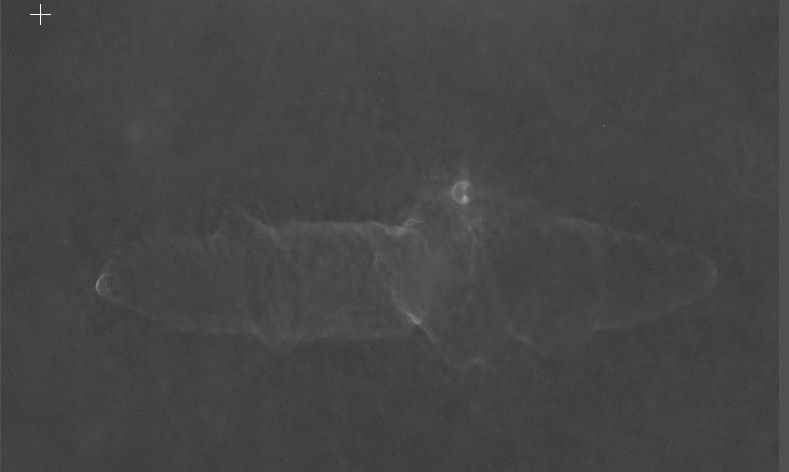
Here it is with the Channels merged.
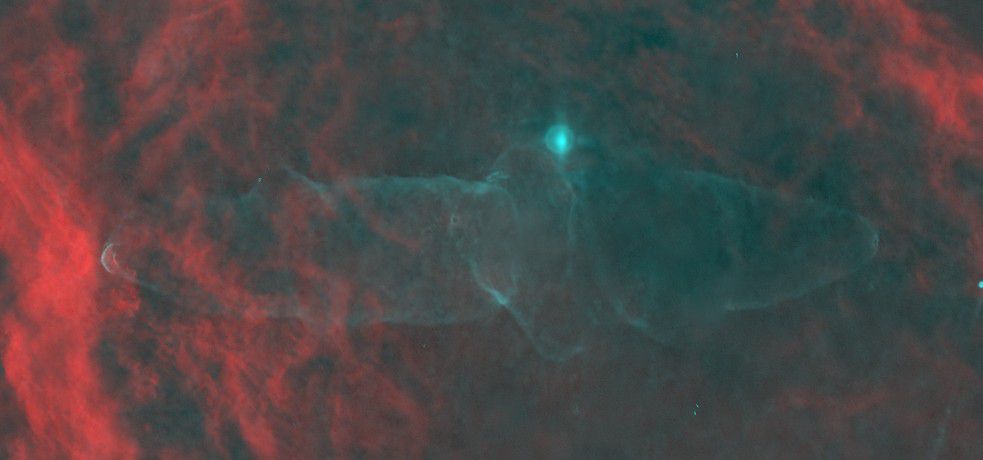
It's possible to remove it, but it's tedious and not perfect
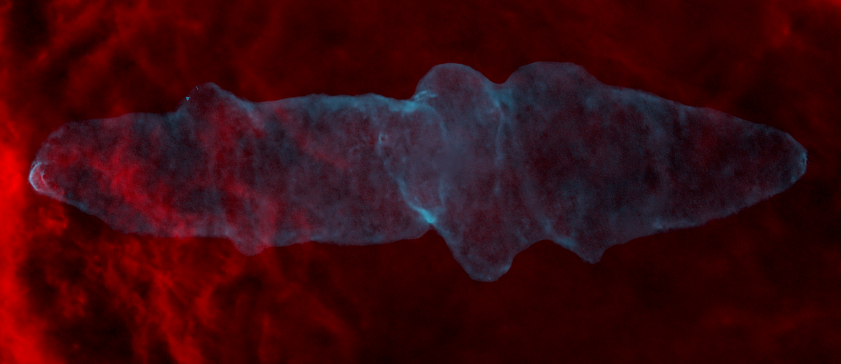
Here's an example of star artifacts that are easily removed with the healing brush tool in Photoshop. But note, this is an image with the stars "removed" and yet, some stars look like they weren't touched at all, and lots of them still left a lot behind. But these are easy to remove with the healing brush tool as shown in the second image.

This took a whopping 10 seconds to remove the stars with that healing brush tool
